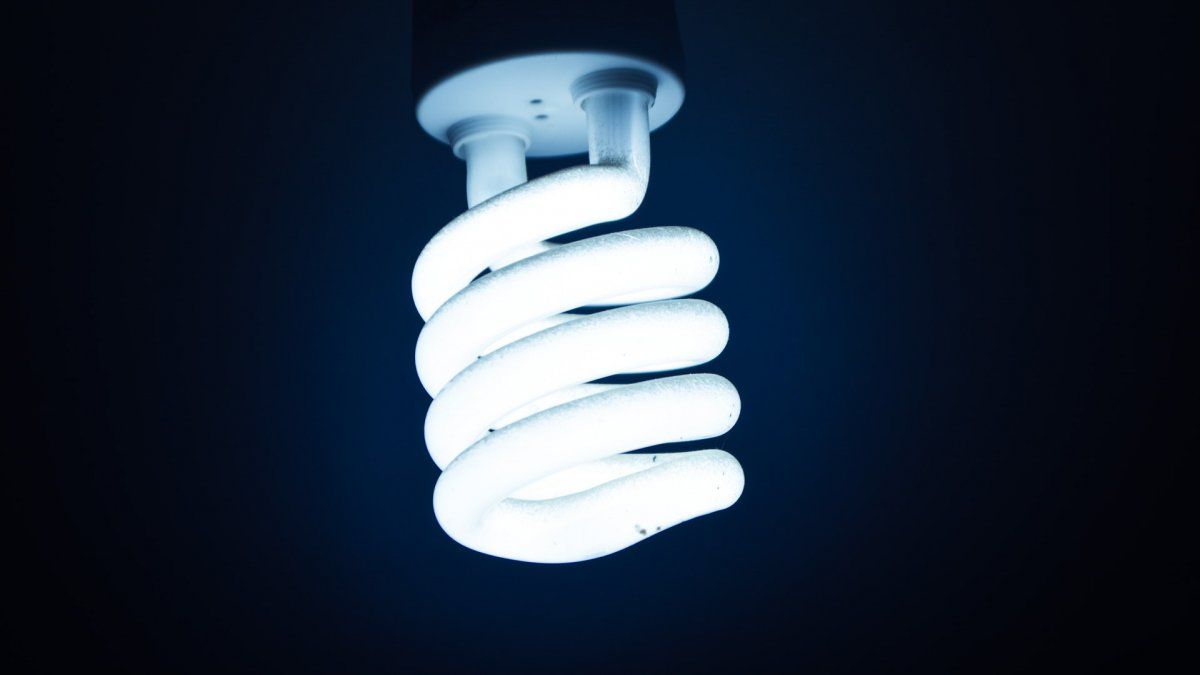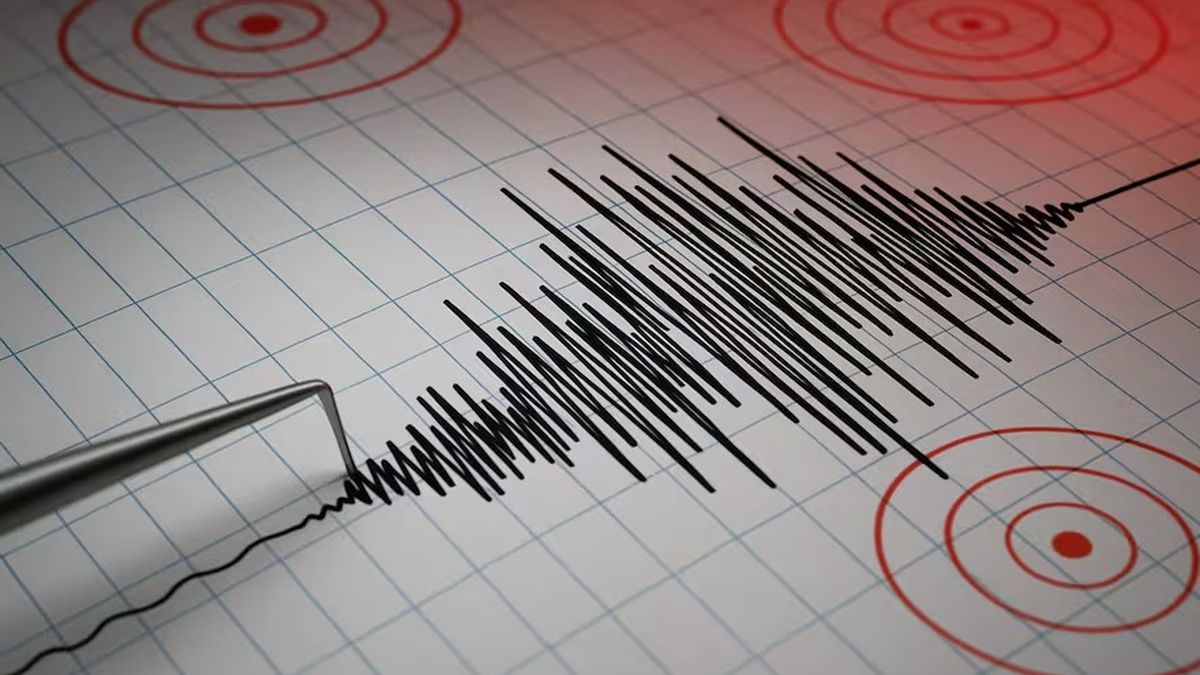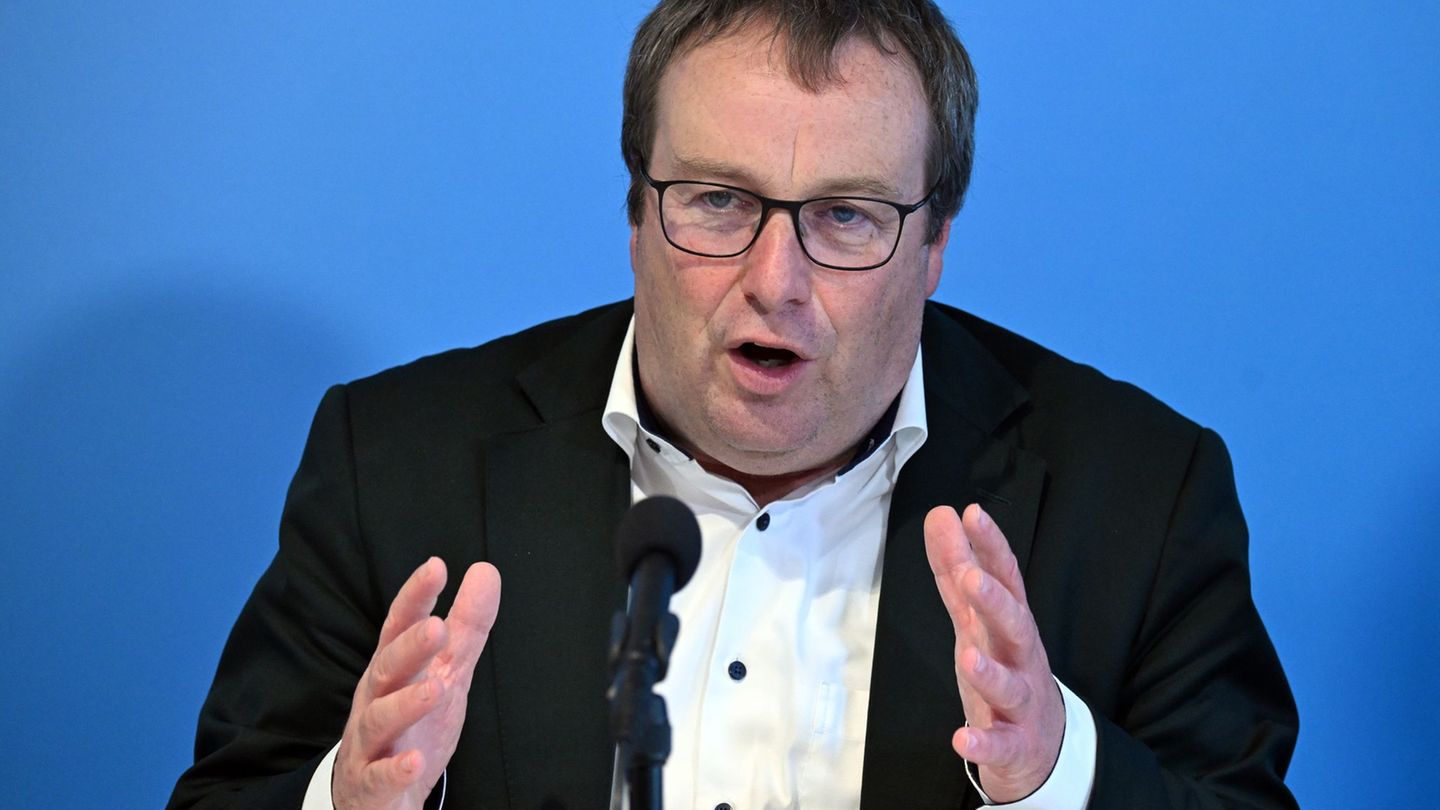The new rate tables for the service of the electricity distributors that operate in the Metropolitan Area (AMBA) Edenor and Edesur came into force todaywith increases of between 65 and 150 percent, but the Secretary of Energy, Eduardo Rodríguez Chirillo, assured that “the State will provide coverage to vulnerable sectors.”
For his part, president Javier Milei indicated that “part of the rate recomposition contemplates the problem of prices and part of the recomposition is via salary improvement.”
Along these lines, Milei considered that “the problem is not that the rates are expensive, but that Argentina in convertibility had a salary of US$ 1,800 and today the average should be US$ 3,000 but it is US$ 300.”
The president told radio Rivadavia that “the prices have to be market prices, which represent the opportunity cost.”
The new values were established through resolutions 101/2024 and 102/2024 of the National Electricity Regulatory Entity (ENRE) published in the Official Gazette and will be updated automatically starting in April.
The Ministry of Energy clarified in a statement that the scheme will be extended for one year, until the Five-Year Tariff Review (RQT) is approved.
The resolutions also formalized a new structure of categories for residential users, maintaining the limit of 400 kw/h per month for category N3 (middle income) with subsidized consumption.
N1 users (high income) will not receive subsidies from the national State, while the variable charge for N2 (low income) will be subsidized at a rate of $55,528 per kw/k in the Edesur area and $55,607 kw/h in the from Edenor.
For N3 (middle income) the subsidy for the variable charge up to 400 kw/h per month is $54,652 if it is from Edesur and $54,730 in Edenor, leaving consumption in excess of that limit without subsidies.
Thus, the fixed charge for the three segmentation levels will be $783,430 in the Edesur area and $791,270 in the Edenor area up to 150 kw/k of monthly consumption; $1,644.45 and $1,687.65 between 151 and 400 kw/h and $30,391.24 between 401 and 600 kw/h per month.
Regarding variable charges, for an Edesur N1 it will be $67,883 between 0 and 150 kw/h; $68,151 between 151 and 400 kw/h and $87,116 between 401 and 600 kw/h per month.
For an N2, $12,355 between 0 and 150 kw/h; $12,623 between 151 and 400 kw/h and $18,303 between 401 and 600 kw/h monthly.
Finally, for an N3 the variable charge became $13,232 between 0 and 150 kw/h; $13,499 between 151 and 400 kw/h and $19,180 between 401 and 600 kw/h of monthly consumption.
Meanwhile, Secretary of Energy Rodríguez Chirillo told radio Miter that “the State has to provide coverage to vulnerable sectors for essential consumption, which will be the subsidy to demand through basic energy baskets, depending on the amount of members of the cohabiting group and the area of the country where they live”.
He added that “when this basket of essential consumption, as a whole, represents 10% of the income that the cohabiting group has, the State will come out to cover the differential of what it costs.”
The official clarified that it covers both electricity and gas and reiterated that “the State has to subsidize them only if essential consumption represents a percentage greater than 10%.”
The implementation of the basic energy basket will be discussed on Thursday, February 29 in a new public hearing.
Likewise, Rodríguez Chirillo maintained that “people must be made aware that energy costs and they must pay for it and take care of it, make responsible use of consumption,” while he stressed that the Government must carry out “energy efficiency programs.” ” tending to “help promote energy efficiency in SMEs or businesses.”
He added that the rates were “completely ignored”, which he considered “a mistake for trying to achieve competitiveness in SMEs, companies and industries, since this is not achieved with rates that do not reflect the cost because there comes a time when, by not having investment, demand grows and people spend without worrying how much.
On the other hand, the official stated that “at the end of the month” a public hearing will be held for the new increases for qualified N2 and N3 users, while “the N1 and the rest of the users are already being reflected the cost of generation, transportation and distribution.
Rodríguez Chirilo stressed that “at the beginning of March the gas tariff recomposition will be addressed” and when asked if it will be 150% and in two months, he limited himself to saying that “the increase has not yet been determined, it is even “You are looking at the design of the rate.”
Source: Ambito




